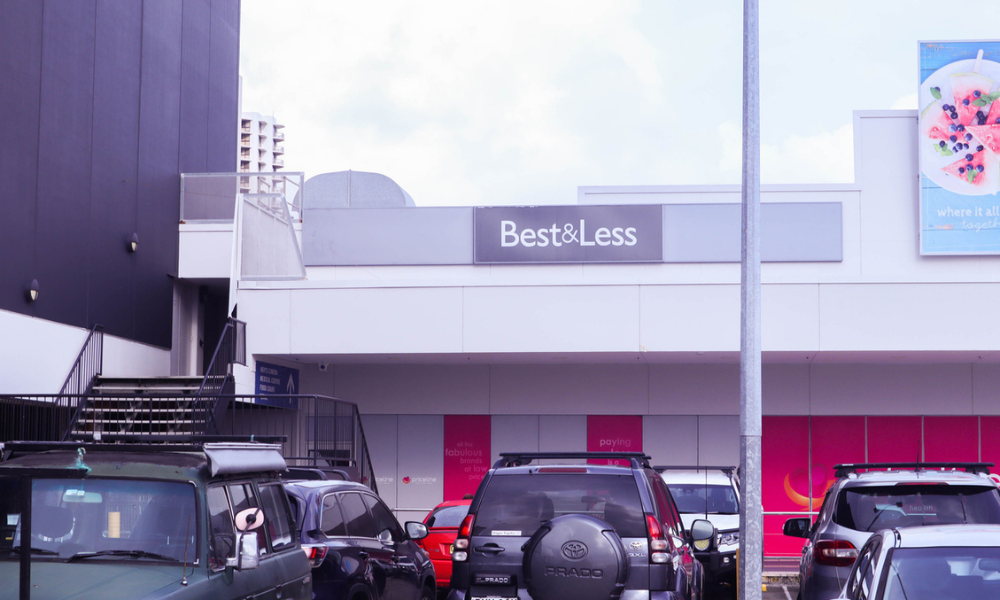AUSTRALIAN ORGANISATIONS are becoming increasingly aware of talent shortages, and as a result, are becoming much more advanced in their tactics and processes for attracting and retaining talent
AUSTRALIAN ORGANISATIONS are becoming increasingly aware of talent shortages, and as a result, are becoming much more advanced in their tactics and processes for attracting and retaining talent.
A recent report has found that innovative talent management strategies will be an important source of competitive advantage for Australian companies – probably moreso than their overseas counterparts, because Australia is a huge source of executive talent for overseas organisations.
“Australian organisations are pretty much aligned with trends in the US around this, especially around succession planning and incentives around talent retention,” said Darren Gibson, principal of Ernst & Young’s finance & performance management practice, author of the report.
“Organisations in Australia are becoming much more advanced in attracting global talent and most large organisations would already have a high degree of engagement overseas with attracting talent, particularly in the last 18 months as the talent shortage has really started to bite.”
The key message for organisations in the report, Talent Management: The Next Source of Competitive Advantage, is to consider a build, buy or move formula, said Gibson.
“Look at where your skill strengths are, how you can build them, what skills are core to the business and how they can be developed. Organisations need to think about all three of those mechanisms to maximise their talent strategy,” he said.
“The trick is to get the balance right. Some are more into build, some are more into buy – each organisation is unique.”
Organisations need to be much more measurement focused on the return on investment of an employee over time, or what they expect to get in performance and value, Gibson said.
“Very few do it currently, but we are starting to see more of it in the market. Employees are a considerable investment for organisations and like all investments the return on the investment should be at least monitored so that an organisation has enough information to make that build, buy, move decision.”
In the future, Gibson predicted organisations will need more access to global talent, and as such, develop more innovative redeployment and succession planning strategies, especially around retirees.
There will also be a lot more collaboration across organisations, he added. “If an organisation doesn’t have the skills they need, they may look at forming a partnership with another organisation to access talent together.”
As such, HR will have a much broader role, according to Gibson, because talent is going to be a significant issue for organisations.
“The nature of the HR function will dramatically change. HR people will be much more involved in key business decisions such as where businesses are located – in the future you will see HR and procurement getting together to determine where buildings will be in terms of where the population of workers will be,” he said.
“The aging workforce, talent shortage, work/life balance issues, and so on, will see HR having to develop much more sophisticated approaches in the future.”








